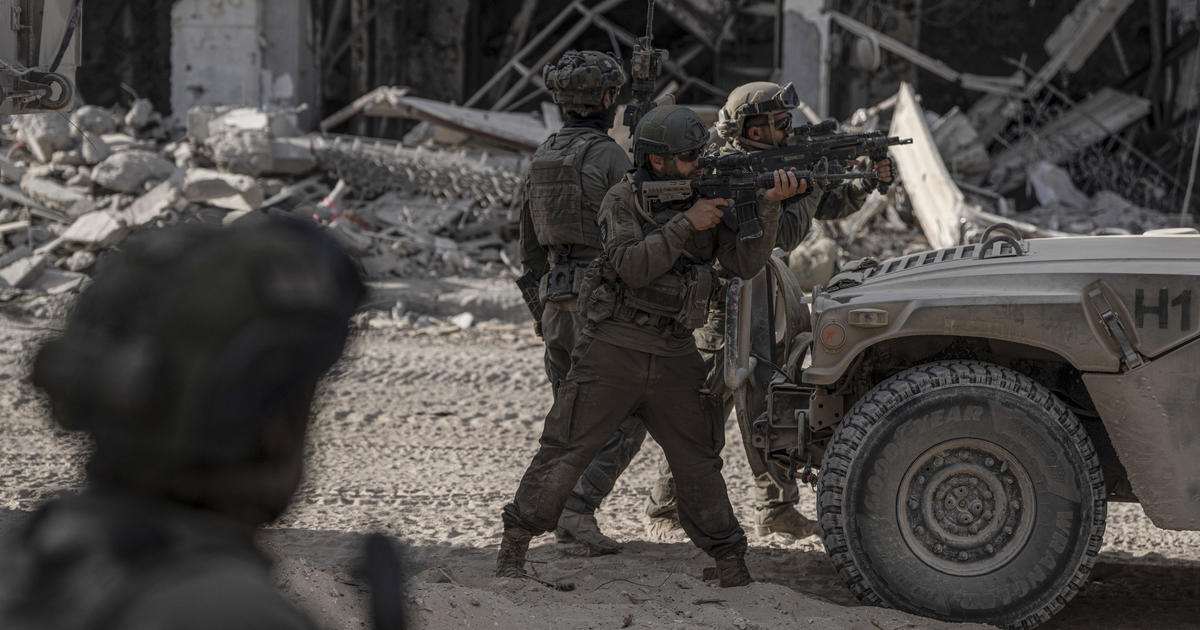The surprise Hamas attack on Israel on October 7, 2023, marked a devastating turning point, plunging the region into a brutal conflict and shattering the sense of security for many Israelis. The assault, which involved coordinated attacks and the capture of hostages, led to a swift and intense Israeli response, triggering a war in the Gaza Strip with far-reaching consequences. The ensuing violence resulted in a staggering loss of life, widespread destruction, and a humanitarian crisis of unprecedented proportions. This event has deeply impacted regional stability, international relations, and the lives of countless individuals. The following analysis examines the key events and evolving dynamics of this conflict over the past year, focusing on the human cost, political ramifications, and the ongoing search for a path toward resolution.
The Humanitarian Crisis in Gaza
The sheer scale of the devastation in Gaza is staggering. The Hamas-run Ministry of Health reported tens of thousands of casualties among the Palestinian civilian population due to the Israeli military operations following the initial attack. The relentless bombardment of the densely populated area, combined with severe restrictions on access to essential resources such as food, water, and medical supplies, created a catastrophic humanitarian situation. The sheer density of Gaza, already struggling under a decade-long blockade, exacerbated the crisis. Hospitals were overwhelmed, lacking capacity to treat the injured. This situation is compounded by a significant breakdown of essential infrastructure, including electricity, sanitation, and communication networks, making it extremely difficult for aid agencies to effectively deliver aid.
Challenges in Delivering Humanitarian Aid
The limitations on movement and security concerns within Gaza presented major logistical hurdles for humanitarian agencies attempting to provide urgent assistance. The blockades and fighting obstructed efforts to supply crucial medical supplies, food, and shelter. Moreover, many of the available resources were strained and overwhelmed by the number of casualties. Coordination with the different actors on the ground further complicated aid operations, highlighting a significant challenge to delivering effective assistance to those desperately in need.
Israel’s Response and Security Concerns
Israel’s response to the Hamas attack was immediate and forceful, involving extensive military operations both in Gaza and in some of the towns and communities bordering Gaza. The scale and intensity of the response reflected the shock and severity of the surprise attack. While Israel’s aim is to neutralize the immediate threat to Israeli civilians and secure its borders, these operations have also carried significant costs.
Impact on Israeli Society and Politics
The attacks of October 7, 2023 created an intense shock for Israeli society and led to widespread concerns and heightened security precautions within Israeli communities. These events and Israel’s response significantly affected national security policy decisions in the weeks and months following. Furthermore, this impacted public discourse on defense policy, impacting internal Israeli political dynamics, particularly given Israel’s history with regional conflicts and its diverse and fragmented political environment.
International Response and Geopolitical Implications
The conflict in Gaza has drawn significant international attention, leading to considerable international diplomacy, condemnation, and differing responses among world governments and international organizations. The intensity of the conflict and its severe humanitarian impact forced governments to adopt a range of responses. These responses included political statements, humanitarian aid, and calls for de-escalation efforts.
Division Among World Powers
The divergent positions of major world powers further complicated matters, reflecting varied perceptions of the conflict’s root causes and the justifications for respective military actions taken by the involved parties. This disparity in diplomatic efforts further highlighted challenges to achieving broad-based international consensus on ending hostilities and establishing a lasting peace agreement.
The Path Towards a Potential Resolution
Despite the enormity of the crisis and the complexities of finding a resolution to this protracted conflict, it remains of critical importance to pursue multiple avenues, including, but not limited to, a negotiated ceasefire and sustained humanitarian assistance efforts to alleviate the suffering caused by the protracted violence.
Challenges in Reaching a Durable Peace Agreement
Reconciling conflicting national narratives surrounding the initial attacks, and subsequently, the justification of military response actions, poses a substantial obstacle to facilitating a sustainable resolution. The legacy of past grievances, along with mistrust between both sides and the involvement of various regional and international actors all add layers of complexity to diplomatic endeavors that seek peace.
Take Away Points:
- The Hamas attack on October 7, 2023, initiated a devastating conflict in Gaza with immense human cost and widespread destruction.
- The humanitarian crisis in Gaza demands immediate and sustained international attention and assistance.
- Israel’s response has significant domestic implications on security policy and national politics.
- International responses remain highly divided, reflecting varying interpretations of the events.
- Achieving lasting peace requires addressing deep-seated historical grievances and fostering trust between all parties.









